There’s no better time than right now to begin gardening! Even if it’s late in the season, there are still plenty of things you can do to get your garden ready for spring. In this blog post, we will discuss the best time to start gardening and provide some tips for getting your garden ready for next year.
Determining Late Planting Dates
The best time to start gardening depends on many factors, including the type of garden you want to grow and your location. In general, it’s preferable to start seeds six to eight weeks before your area’s last frost date. Transplants can be planted two to four weeks before the last frost date.
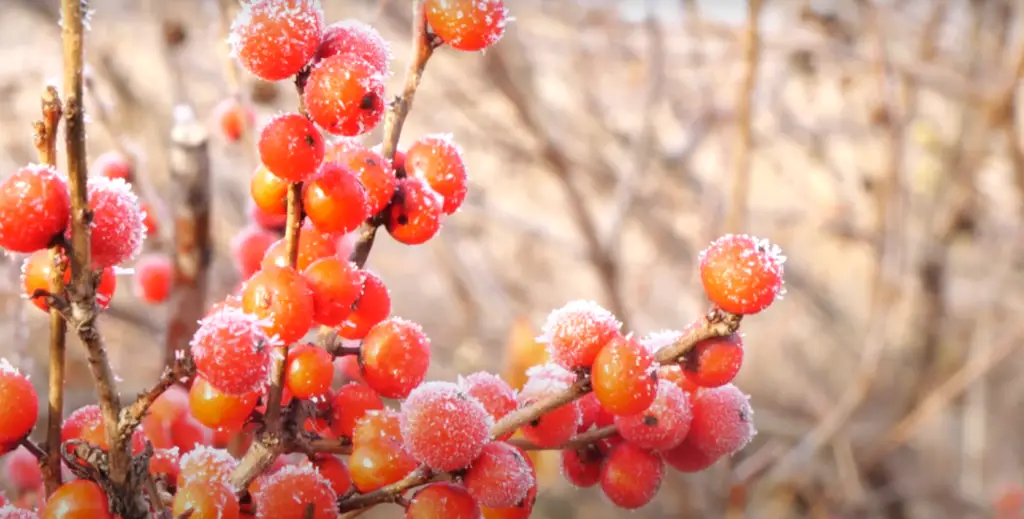
If you’re starting a garden from scratch, it’s important to know when your region’s planting season begins and ends. The National Gardening Association provides this information for each state, as well as tips on what crops do best in each climate. In addition, you might be interested in what temp will a garden hose freeze.
If you’re unsure whether it’s too late to start gardening, ask yourself these questions:
- What type of plants do I want to grow?
- What is the last frost date in my area?
- How much time do I have to devote to my garden?
Answering these questions will help you determine whether it’s too late to plant a garden. If you’re still unsure, consider consulting with a local gardening expert.[1]
Here are a few of the most popular examples of vegetable maturation dates:
- Beans: 50 to 60 days
- Broccoli: 60 to 80 days
- Cabbage: 75 to 90 days
- Carrots: 70 to 80 days
- Corn: 65 to 95 days
- Cucumbers: 60 to 70 days
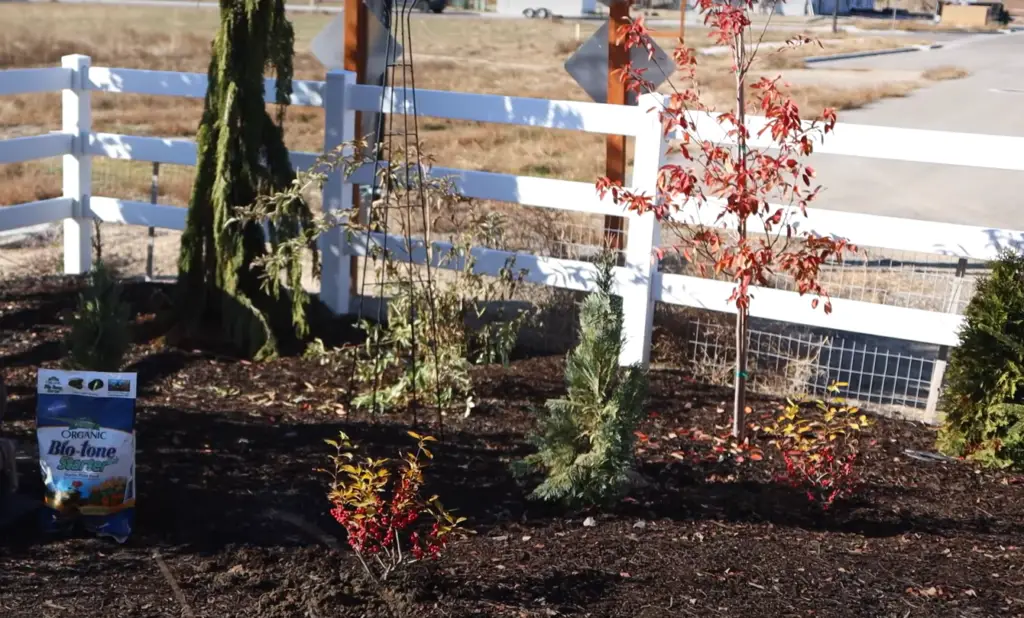 However, these are only averages.
However, these are only averages.
In general, though, you can expect most vegetables to be ready for harvesting within two to three months of planting. So, if it’s already mid-summer, it’s probably too late to start planting a garden from scratch and expect a bountiful harvest come autumn. However, there are still plenty of vegetables that you can sow in late summer and early fall that will mature before the first frost hits. These include:
- Beets
- Brussels sprouts
- Cauliflower
- Kale
- Lettuce
- Radishes
So, don’t despair if you missed the spring planting season. There’s still time to get a garden going and enjoy fresh, homegrown produce well into fall. Just be sure to do your research and choose wisely when it comes to what you plant. With a little planning, you can enjoy a beautiful and bountiful garden no matter what time of year it is. [2]
Add Maturation Days to the Calendar
The last frost date in your area is the key to planting a garden. This is the date when you can be sure that any remaining frost will not damage your plants. You can find your local last frost date by searching online or asking your gardening neighbors. Once you have this date, count back the number of days listed on the seed packet for “maturation” plus a few extra days for safety. This will be your earliest planting date. For example, if a packet of tomatoes says they mature in 60-70 days and your last frost date is May 15th, you would want to plant them no earlier than April 16th. By adding these extra maturation days, you are ensuring that your plants will have enough time to grow and mature before the first frost of the season. [3]
Heating Concerns
In some cases, it might be too late to plant a garden. If you’re worried about your plants getting too much heat, it’s important to know the average temperatures for your area. You can find this information online or by contacting your local cooperative extension office. Once you know the average temperatures, you can decide whether or not it’s safe to plant.
Another concern is that hot weather can cause problems for young plants.
If possible, wait to plant until the weather cools down a bit.
Remember that each plant is different and has different needs. Some plants do better in hot weather than others. Do some research to find out what plants will do well in your area.
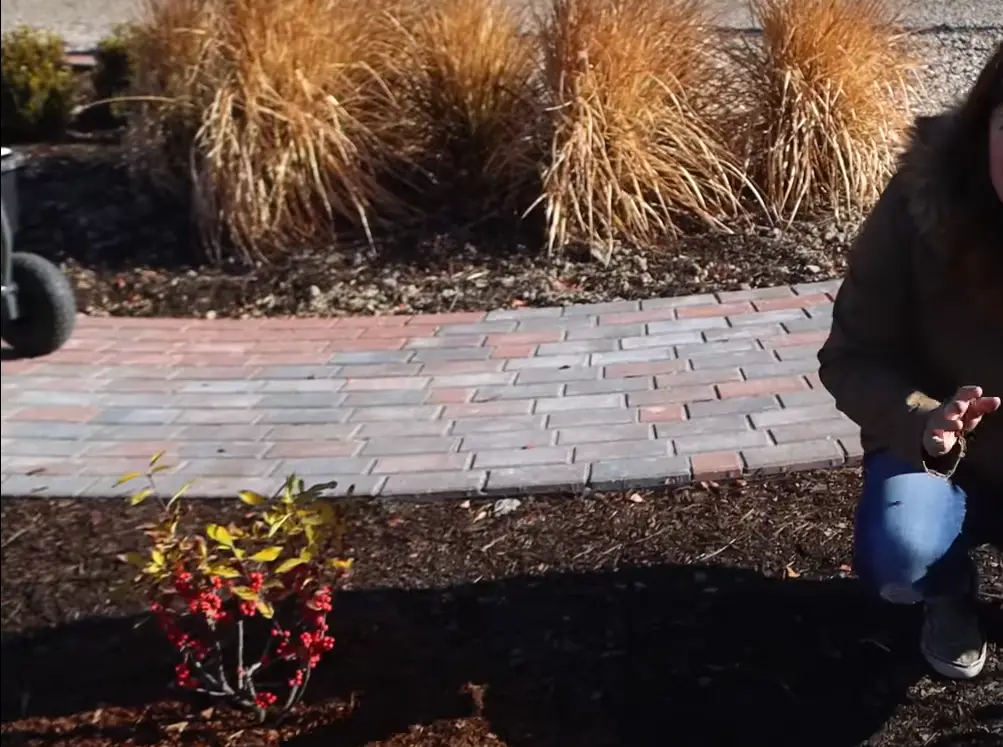
If you’re still not sure whether or not it’s too late to plant, there are a few things you can do. First, try planting in a shady spot. This can help protect your plants from the heat of the sun. Second, water your plants regularly. This will help them stay cool and hydrated during hot weather. Finally, mulch your plants to help keep the soil moist and cool. [4]
When is it Too Late to Begin a Garden?
The best time to start a garden is in the spring, but it is possible to start a garden later in the year and still be successful. The key is to choose the right plants for your area and to get them in the ground as soon as possible.
Some examples include zinnias, marigolds, impatiens, and begonias. These plants will do well even if you can’t give them ideal conditions.
It’s also important to remember that you may not get as much produce from a late-start garden as you would from one started in the spring. However, with proper care, you can still enjoy a bountiful harvest.
So, don’t wait until spring to start your garden. If you have the time and the inclination, go ahead and get started today! Your plants will thank you for it. [5]
5 Things to Think About Before It’s Too Late to Plant a Garden
It’s not too late to plant a garden! Here are five things to think about before you get started:
1. What do you want to grow?
Think about what kinds of plants you want to grow and what will do well in your climate. Research what vegetables, fruits, herbs, and flowers are best suited for planting in late summer or early fall. Consider what you want to eat from your garden and how much space you have to work with.
2. When is the best time to plant?
The best time to plant varies depending on where you live and what you’re growing.
Late August to early September is usually a good time to start planting in most parts of the country.
3. Check your local gardening calendar for specific planting dates for your area.
Some plants, such as hardy annuals and biennials, can be planted in late fall or even winter in some areas. If you’re starting with seedlings or transplants, pay attention to the recommended planting dates on the nursery tags.
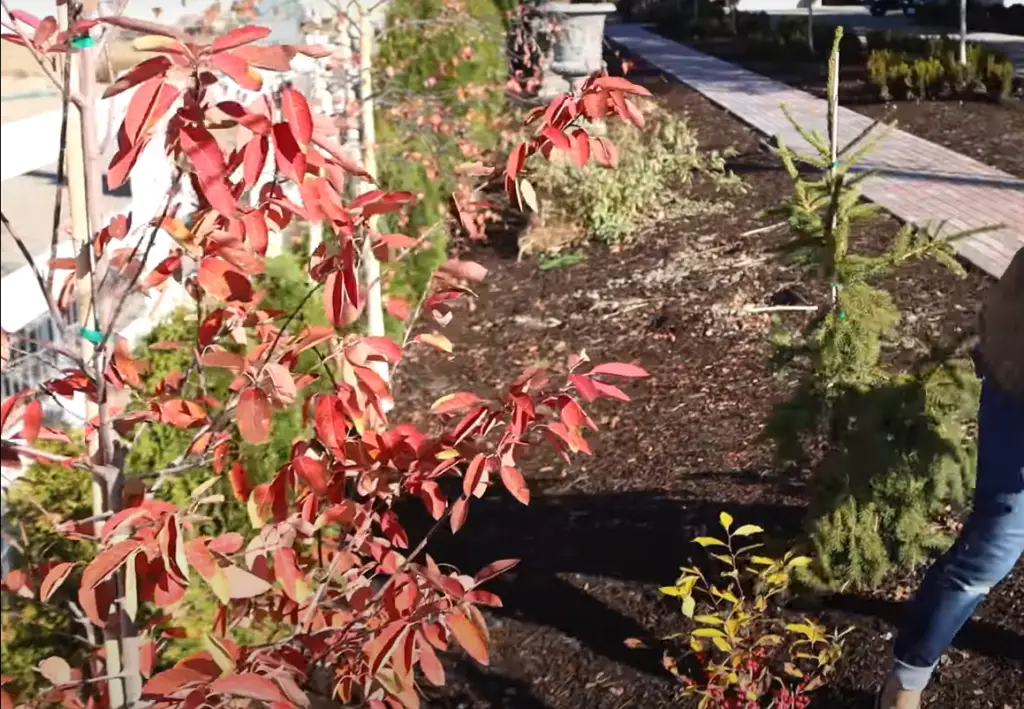
These will give you an idea of how big the plant will be at maturity and when it will be ready to harvest.
4. What kind of garden do you want to create?
Are you looking for a low-maintenance garden with mostly perennials? Do you want to try your hand at growing vegetables? Would you like to attract bees and butterflies to your yard? Consider what kind of plants will work best for the type of garden you have in mind.
5. Do you have the time and resources to care for a garden?
Gardening can be a lot of work, especially if you’re starting from scratch. If you don’t have the time or resources to commit to a full-fledged garden, consider starting small with a few potted plants or container gardens. These can be easier to care for and won’t take up as much space.
Now that you’ve considered these things, it’s time to get started! Head to your local nursery or gardening center and pick out some plants. Be sure to ask the staff for help if you’re not sure what to choose. [6]
How to Plant a Garden in the Summertime
Summer is the perfect time to get started on your gardening journey. Here are a few tips to help you get started:
- Pick the right location: Look for a spot in your yard that gets plenty of sunlight and has good drainage. If you’re not sure where to start, try asking your local nursery or garden center for advice.
- Prepare the soil: Once you’ve found the perfect spot, it’s time to prepare the soil. This step is important because it will help your plant’s roots grow deep and strong. You can use a shovel or tiller to loosen up the soil and add some organic matter like compost or manure.
- Choose your plants: Now it’s time to pick the plants you want to grow. If you’re not sure what to choose, ask your local nursery or garden center for advice.
- Plant your seeds or starts: Once you’ve chosen your plants, it’s time to start planting! You can either sow seeds directly into the ground or plant starts that have already been started in a pot.
- Water regularly: Be sure to water your plants regularly, especially when they are first getting started. They will need plenty of water to grow strong and healthy.
So there you have it! A few simple tips to help you get started with gardening this summer. Happy planting![7]
When Is It Too Late to Plant a Garden? – A Comparison of Planting Indicators
Knowing the right time to plant a garden is crucial for a successful harvest. Planting too early or too late can have a significant impact on the growth and yield of your crops. In this table, we compare various planting indicators to help you determine the best time to start your garden.
| Indicator | Vegetable | Earliest Planting Date | Latest Planting Date | Optimal Planting Window |
|---|---|---|---|---|
| Soil Temperature | Tomatoes | April 15th | June 1st | May 1st – May 15th |
| Last Frost Date | Peppers | May 10th | June 15th | May 20th – June 5th |
| Day Length | Lettuce | March 15th | September 1st | March 15th – April 15th, August 15th – September 1st |
| Soil Moisture | Carrots | March 15th | July 1st | April 1st – June 1st |
| Average Temperature | Beans | May 1st | July 15th | May 15th – June 15th |
This table provides a comparison of various planting indicators for different vegetables. The indicators include soil temperature, last frost date, day length, soil moisture, and average temperature. For each vegetable, we have provided the earliest planting date, the latest planting date, and the optimal planting window based on the planting indicator.
For instance, for tomatoes, the optimal planting window is between May 1st and May 15th based on soil temperature. Peppers, on the other hand, should be planted between May 20th and June 5th based on the last frost date. Lettuce should be planted between March 15th and April 15th, and again between August 15th and September 1st based on day length.
Using this table, you can determine the best time to start your garden based on the planting indicator and the vegetable you plan to grow.
FAQ
Is it too late to start a garden for me?
It’s not too late to start a garden! In fact, starting a garden is a great way to get outside and enjoy the warmer weather. However, there are a few things to keep in mind when starting a garden. First, it is important to choose the right location for your garden. Make sure you have plenty of sunlight and space for your plants. Secondly, you will need to prepare the soil for planting. This means adding compost or other organic matter to help your plants grow. Finally, it is important to choose the right plants for your garden. If you are unsure what plants will do well in your area, ask a local nursery or gardening center for advice.
What is the optimum date to plant a garden?
This is a question that doesn’t have one answer, as it depends on many factors such as your location, what type of plants you want to grow, and whether you’re starting from scratch or transplanting.
Here are a few things to keep in mind when deciding when to plant your garden.
In general, the best time to plant a garden is in the springtime. This is because the weather is milder and there are more daylight hours for your plants to grow.
However, if you live in an area with a shorter growing season, you may need to start your garden earlier in the year.
If you’re unsure about when the best time to plant is in your area, you can always consult with your local gardening center or Cooperative Extension.
They will be able to give you specific advice based on your location and what type of plants you want to grow.
Keep in mind that starting a garden from scratch takes more time than transplanting already established plants.
You’ll need to factor in things like preparing the soil, planting the seeds, and waiting for them to germinate.
If you’re short on time, transplanting may be the better option for you.
No matter when you start planting, the most important thing is to have patience and enjoy the process! Gardening is a great way to relax and connect with nature.
When should I plant my tomatoes?
This is a question we get a lot. The answer, like most things in gardening, is “it depends.”
There are a few factors to consider when deciding when to plant your tomatoes. The first is the climate. If you live in an area with a long growing season, you can start planting tomatoes as early as February or March. However, if you live in an area with a shorter growing season, you should wait until April or May to plant your tomatoes.
The second factor to consider is the type of tomato you are planting. Some varieties of tomatoes mature faster than others. For example, cherry and grape tomatoes usually mature earlier than larger varieties like Beefsteak or Heirloom tomatoes.
Don’t put it off any longer and start a garden today!
You may be thinking to yourself, is it really that simple? When is the best time to start gardening? The answer may surprise you.
It’s never too late to start a garden! Whether you’re a beginner or a seasoned pro, there’s always room for improvement. Gardening is a lifelong activity that can be enjoyed by people of all ages.
So what are you waiting for? Get out there and get your hands dirty! Your garden will thank you for it. Trust us, it’s worth the effort.
Are there any vegetables or fruits that can be planted later in the year and still yield a crop?
Yes, there are a few vegetables and fruits that can be planted later in the year and still yield a crop. These include:
- Potatoes
- Onions
- Garlic
- Cabbage
- Kale
- Spinach
- Lettuce
- Carrots
- Beets
- Turnips
These are just a few of the many veggies you could plant! Check your local nursery or gardening store for more information on what to plant in your area.
Is it better to plant a garden in the spring or fall?
If you’re planting a garden in an area with a temperate climate, it’s generally best to plant in the spring. This gives your plants the entire growing season to mature before winter arrives. However, if you live in an area with a tropical climate, you can plant year-round. Fall is the best season for root growth. So, if you’re looking to add perennials or trees to your garden, fall is the best time to plant.
In general, it’s best to avoid planting during the hottest months of summer, as this can stress your plants and reduce yields. If you must plant during summer, choose heat-tolerant varieties and make sure to water regularly.
It’s also important to consider the length of your growing season when deciding when to plant. In most cases, it takes about 60 days from seedling to harvest. So if you want to harvest your crops in late fall, you’ll need to start planting in mid-summer.
Of course, there are always exceptions to the rule. If you’re experienced with gardening, you may be able to get away with planting a little later than recommended. But if you’re new to gardening, it’s best to err on the side of caution and plant early.
Is it too late to plant a garden in the fall?
The answer to this question depends on what you want to grow in your garden. If you’re hoping to grow vegetables, then it’s probably too late in the season. However, if you’re looking to plant flowers, there are still some options available to you.
Here are a few tips for planting a fall garden:
- Start with cool weather plants. These include pansies, mums, and kale.
- Check the forecast before you plant. You don’t want to put your plants at risk by planting them during a period of cold weather.
- Prepare your soil well. This will help your plants thrive regardless of the time of year.
With these tips in mind, it’s still possible to have a beautiful garden in the fall. Just be sure to do your research and plan accordingly.
When is it too late to plant a garden in the spring?
The latest time to plant for most veggies is the second week in June, with a quick harvesting period. That said, some plants can be sown even later in the season and still provide a harvest. These include radishes, arugula, kale, and spinach. If you want to take a chance on planting later in the season, consider these vegetables that mature quickly.
Other vegetables that should be planted earlier in the spring include potatoes, onions, carrots, and cabbage. So if you’re looking to get the most out of your garden this year, it’s best to plant these veggies as early as possible.
That said, there are always exceptions to the rule. If you live in an area with a longer growing season, you may be able to get away with planting later in the season. And if you’re willing to take a chance, you may be able to reap a bountiful harvest even if you plant a bit late.
Is it worth planting a garden in the fall?
The answer to this question depends on a few factors. First, what type of plants are you looking to grow? If you’re interested in cool-season crops like lettuce, spinach, and kale, then planting in the fall can actually be ideal. The cooler temperatures will help these plants thrive. However, if you’re hoping to grow warm-season crops like tomatoes and peppers, then it’s probably too late in the season to get them started.
Another factor to consider is how much time and effort you’re willing to put into your garden. If you’re someone who likes to plan and prepare ahead of time, then starting a garden in the fall might not be for you. But if you’re someone who’s more spontaneous and doesn’t mind getting your hands a little dirty, then fall can be a great time to start growing.
So, when it comes to starting a garden in the fall, it really depends on what you’re hoping to grow and how much time and effort you’re willing to put in. If you’re not sure, why not give it a try and see what works best for you?
What is the earliest you would plant a garden?
The earliest you can plant a garden is in early spring, as soon as the ground thaws. You can start planting indoors a few weeks before that, but it really depends on what kinds of plants you’re growing. Some plants need more time to mature than others.
If you’re starting from seed, you’ll want to give yourself even more time. It’s best to start most seeds indoors six to eight weeks before the last frost date in your area. That way, they’ll be big enough and strong enough to transplant into your garden when the time comes.
Of course, there are always exceptions. Some plants, like hardy annuals and perennials, can be planted directly in the ground a little bit later in the season. And if you’re growing vegetables, there are a few that can be planted later than others, too.
How late can you plant seeds?
The best time to plant seeds is in the spring, but depending on the type of seed, you may be able to get away with planting them later in the season.
For example, hardier vegetables like carrots, kale, and radishes can handle being planted a little bit later than other types of seeds. If you’re looking to add these kinds of vegetables to your garden, you can usually get away with planting them up until mid-summer.
On the other hand, plants that require a longer growing season – such as tomatoes or cucumbers – won’t do well if they’re planted too late. These kinds of seeds should be planted in the spring, around the same time as other vegetables.
What month is best to start a garden?
The months of March and April are ideal for starting a garden. This is because the weather is usually milder and there is more daylight.
May can also be a good month to start a garden, but you may have to deal with more erratic weather.
If you live in an area with a shorter growing season, then you may need to start your garden earlier in the year. For example, if you live in northern Canada, you may need to start your garden in February or even January.
In general, it is best to start your garden as early as possible so that your plants have enough time to grow before the first frost of the year.
Is there anything you can do if you missed the deadline for planting a garden?
The best thing you can do is try to find plants that are still in their growth cycle and plant them as soon as possible. You may not get the same results as if you had planted them on time, but it’s worth a shot!
If you’re really set on planting a garden but missed the deadline, there are always options like container gardening or growing your plants indoors. These might not be ideal, but they’re better than nothing!
Do some research and see what will work best for your situation. And remember, even if you don’t get the perfect garden this year, there’s always next year!
How do you know when it’s time to call it quits on your gardening season?
It can be difficult to tell when it’s time to give up on your gardening dreams for the year. If you’re wondering whether it’s too late to plant a garden, here are a few things to consider.
First, take a look at the average first frost date in your area. This is the date that marks the end of the growing season, and after this date, you won’t be able to count on any more warm weather. In general, it’s best to start planting your garden about six weeks before this date.
If it’s already mid-August or later, you might not have enough time to get much of a harvest in before frost hits. However, there are still some vegetables that can be planted later in the season and will do well even with a shorter growing period. These include kale, spinach, Swiss chard, and some types of lettuce.
You can also extend your gardening season by using row covers or cold frames. These devices can help protect your plants from frost damage, allowing you to get a few extra weeks of growth in before winter sets in.
What are some tips for planting a garden?
The most important tip for planting a garden is to start early. The earlier you start, the better your chances of having a successful garden. However, if you didn’t get a chance to start your garden early, don’t worry – it’s not too late! There are still plenty of things you can do to have a beautiful and bountiful garden.
Here are some tips for planting a garden later in the season:
- Choose fast-growing vegetables and herbs. Some good options include radishes, spinach, and arugula.
- Start with plants that are already established. You can find these at local nurseries or online retailers.
- Be sure to water your plants regularly, especially during hot summer days.
What are some of the benefits of having a garden?
For many people, having a garden is a way to enjoy the outdoors while also getting some exercise and fresh air. Gardening can also be therapeutic, providing a creative outlet and helping to reduce stress. In addition, gardens can provide fresh fruits, vegetables, and herbs for those who choose to grow them.
Gardens can also add beauty and value to your home. They can provide a place for outdoor entertaining or simply somewhere to relax after a long day. If you’re thinking about starting a garden, there are a few things to consider before you get started.
Useful Video: When Is It Too Late To Plant?
Final Words
Planting a garden is possible throughout most of the summer season and can be an enjoyable activity for all ages. It’s important to consider the length of the growing season in your area, as well as soil temperature and moisture levels when deciding whether or not to plant. If you choose to wait until later in the season, select crops that are appropriate for late planting such as greens, potatoes and root vegetables. With a little patience and planning, you can still enjoy homegrown crops this summer. So why wait?
References:
- https://www.extension.iastate.edu/sites/www.extension.iastate.edu/files/polk/100617JuneUpdate.pdf
- https://agrihunt.com/articles/horti-industry/types-of-maturity-of-fruits-and-vegetables/
- https://gardenprofessors.com/counting-the-days-to-maturity-calculating-planting-dates-for-fall-vegetables/
- https://hmhub.in/effects-of-heat-on-vegetables/
- https://garden.lovetoknow.com/garden-basics/when-is-it-too-late-plant-garden
- https://www.familyhandyman.com/article/when-to-start-a-garden/
- https://biggreen.org/blog/growing-maintaining-garden-summer-time/





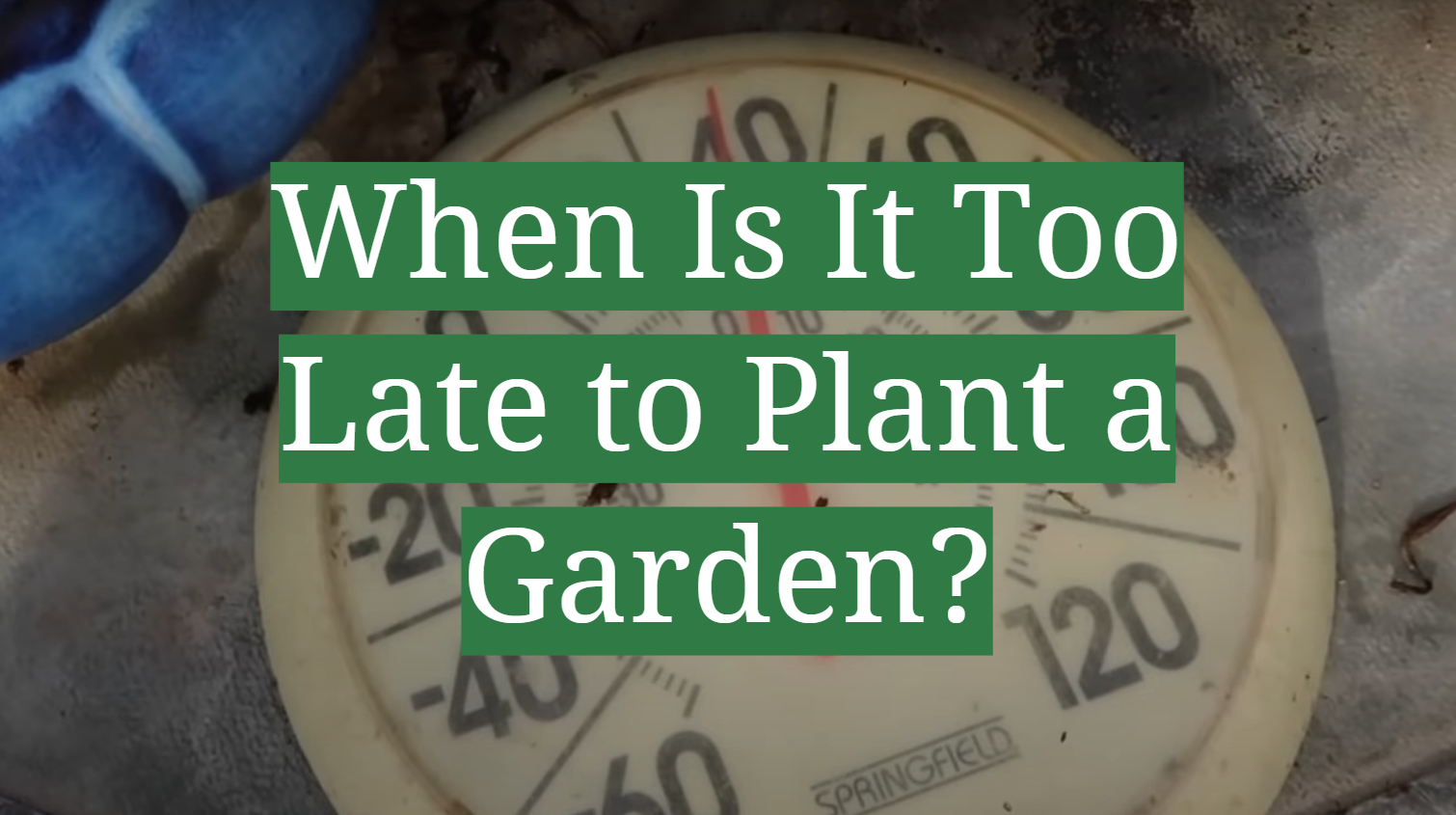




Leave a Reply
View Comments